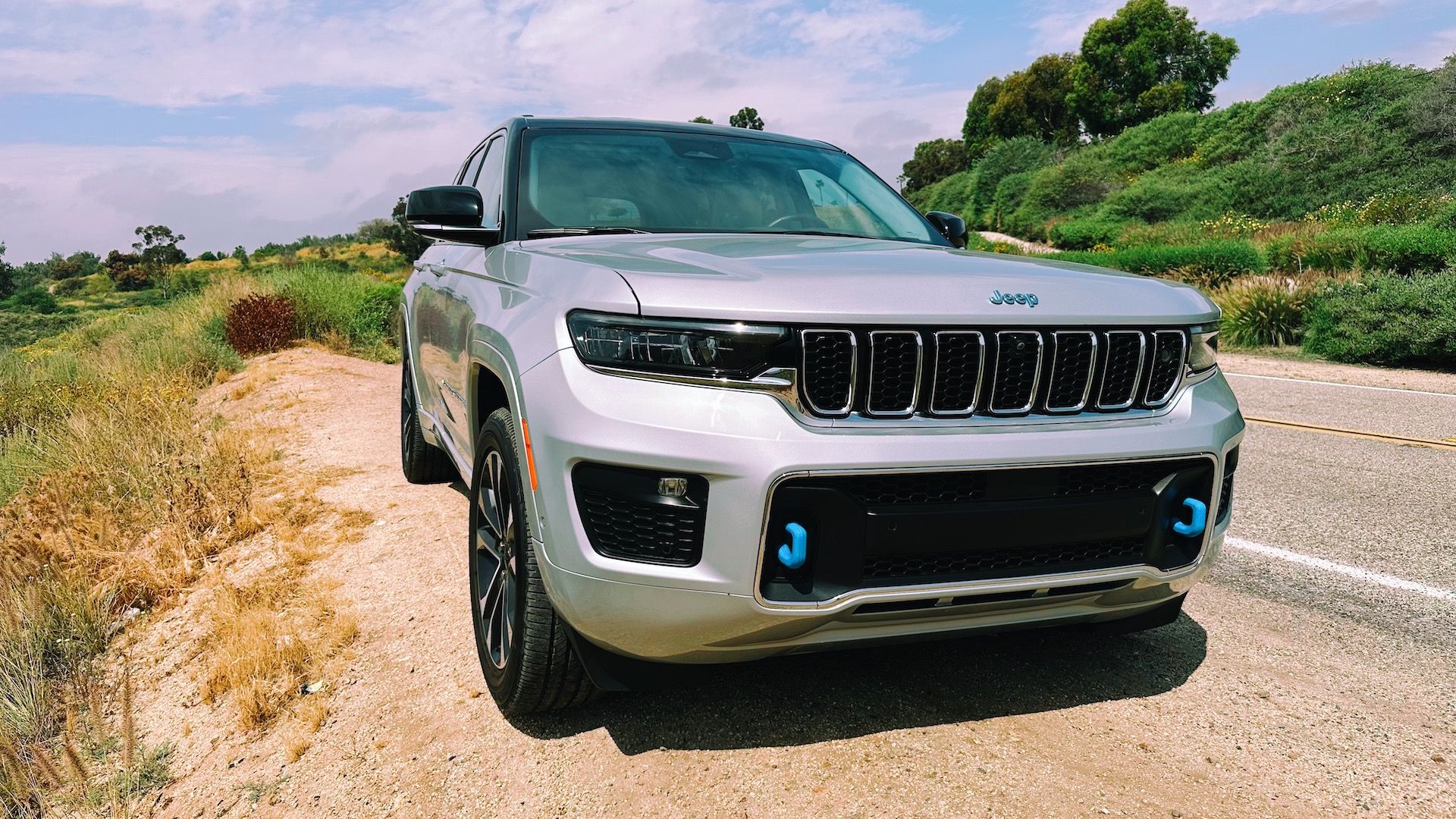Self-driving technology, while promising on paper, has needed a lot of work to get it right and even today still needs you to look at the road for the most part. Now, Stellantis, the parent company of Jeep and other brands, will start rolling out more capable self-driving technology.
Stellantis, the parent company behind car brands like Jeep, Dodge, and Ram, is entering the world of “partially autonomous” driving with the announcement of STLA AutoDrive. This new system promises a “hands-free, eyes-off” experience, categorized as Level 3 automation, allowing drivers to relinquish control in specific, low-speed scenarios, primarily during stop-and-go traffic.
Level 3 autonomy, as defined by the Society for Automotive Engineers (SAE), lets drivers divert their attention from the road under certain conditions, but they must remain prepared to retake control when prompted. It’s not completely hands-off—it would technically allow you to sit back safely under certain conditions. But not at all times by any stretch of the word, and you must remain in the driver seat and take control of the car in certain, higher-risk scenarios. Some drivers could look at this technology and think “it will be fine, I don’t need to look at the road,” using that as an excuse for reckless behavior that, yes, can eventually end up with fatal accidents.
Despite the technology being “fully developed and ready for deployment,” according to Stellantis, the company is still holding back on its immediate release. The company cites “market and regulatory hurdles” as the primary reasons. A company spokesperson stated they’ve made a “strategic decision” to delay until the market becomes “more receptive.” This makes sense, given that there’s been industry-wide resistance to Level 3 automation. I wonder why.
When it does launch, Stellantis says that STLA AutoDrive is designed to function even in challenging conditions like night driving and adverse weather. It will initially be limited to speeds below 60 km/h (37 mph). The company anticipates future upgrades to expand the operational speed to 95 km/h (59 mph) and incorporate off-road capabilities. The system relies on a comprehensive sensor suite, including self-cleaning cameras, radar, and ultrasonic sensors.
Source: The Verge




